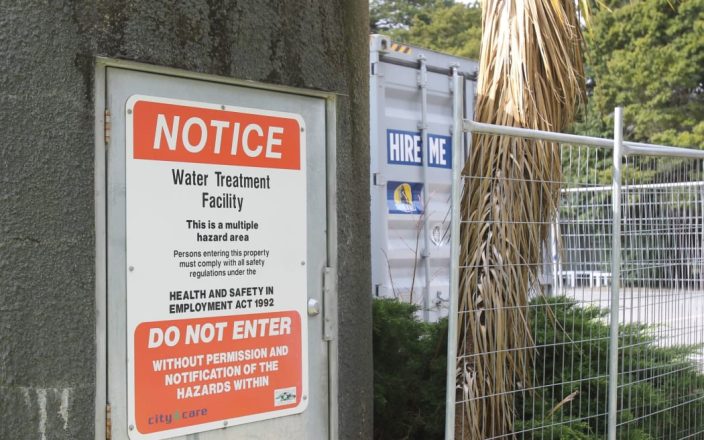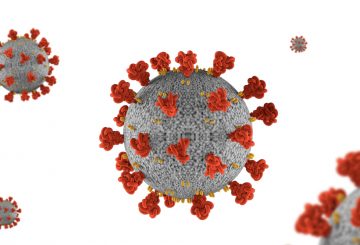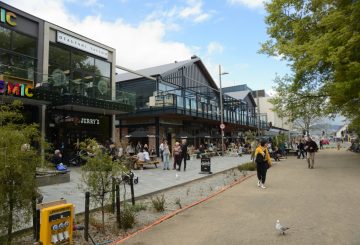Hệ thống nước uống của Greytown có nguy cơ bị hỏng. Nguồn nước duy nhất, một lỗ khoan, đang trong tình trạng xấu. Vào năm 2022, Wellington Water báo cáo rằng lỗ khoan quá mỏng manh để nâng cấp. Bây giờ, người dân đang được yêu cầu chọn một giải pháp cho vấn đề nước của Greytown, sẽ tốn hàng triệu đô la. Những người trả thuế South Wairarapa có thể kết nối với nguồn cấp nước của huyện sẽ chia sẻ chi phí.
Lựa chọn rẻ nhất là xây dựng một lỗ khoan mới trong Công viên Tưởng niệm Soldiers với giá 3-4 triệu đô la. Kế hoạch này sẽ loại bỏ cơ sở nước tạm thời khỏi khu vực đậu xe và thiết lập một cơ sở mới cách xa nó, cho phép bãi đậu xe trở lại cộng đồng. Các tùy chọn khác bao gồm:
1. Xây dựng một nhà máy xử lý nước mới và khoan tại sân hội đồng quận cũ trên West St với giá 5,8-6,8 triệu đô la.
2. Mua đất mới trên đường Kuratāwhiti để xây dựng một nhà máy xử lý nước và có giá 6,1 – 7,3 triệu đô la.
Cơ sở hạ tầng nước hiện tại, nằm tại Công viên Tưởng niệm Soldiers, đang thất bại. Máy bơm lỗ khoan và động cơ cần được thay thế, và nhà máy xử lý cũng ở trong tình trạng rất kém. Bảo trì liên tục không thể được thực hiện mà không làm gián đoạn việc cung cấp nước, làm tăng nguy cơ hỏng hóc.
Tháng 4 năm ngoái, kế hoạch xây dựng một lỗ khoan mới trong Công viên tưởng niệm binh lính đã bị từ chối do tầm quan trọng văn hóa của nó như một đài tưởng niệm chiến tranh. Hội đồng cho rằng kế hoạch không đáp ứng đầy đủ nhu cầu của hệ thống nước. Nếu tùy chọn Công viên tưởng niệm binh lính được chấp nhận, có thể mất 1-2 năm để xây dựng. Tùy chọn West St có thể mất 2-3 năm để phê duyệt và xây dựng. Địa điểm này được kết nối với các cuộc tranh luận địa phương về việc sử dụng đất trong tương lai.
Lựa chọn Kuratāwhiti St sẽ mất 3-5 năm để xây dựng. Các kết nối mới cho nước thải và nước mưa sẽ cần thiết cho tất cả các lựa chọn. Nhà máy nước thải Greytown đã đầy, vì vậy các kết nối mới hiện đang bị đóng băng.
Cuộc tham vấn về cách tài trợ cho dự án này bắt đầu vào thứ Hai và sẽ kết thúc vào ngày 9 tháng 10. Cư dân có thể chọn giữa mức giá trên toàn quận hoặc kết hợp tỷ lệ mục tiêu của quận và Greytown. Tùy chọn đắt nhất có thể tăng lãi suất hàng năm lên 146 đô la, trong khi rẻ nhất sẽ là 80 đô la. Một sự kiện công cộng sẽ được tổ chức tại Công viên tưởng niệm binh lính vào thứ Bảy, ngày 28 tháng 9, từ 10 giờ sáng đến 12 giờ tối.





























































